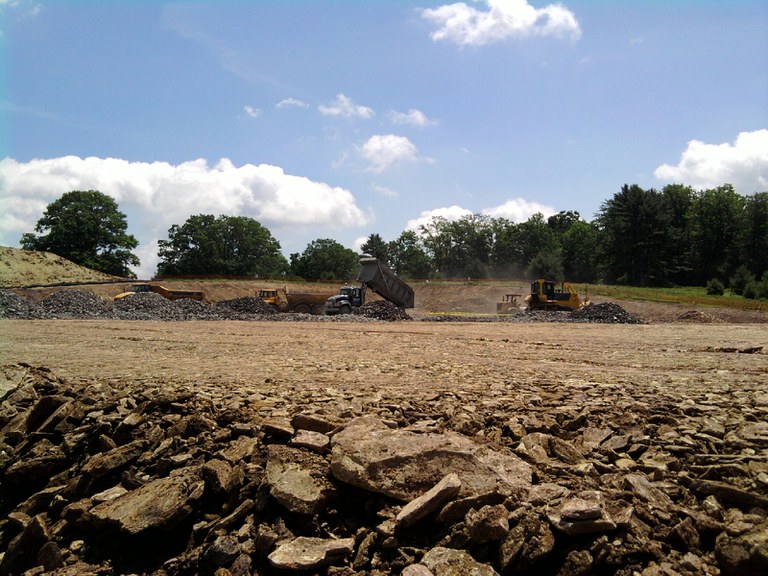Posted: July 25, 2017
Vegetation removal and soil disturbance from natural resource development, combined with invasive plant propagule pressure, can increase vulnerability to plant invasions. Unconventional oil and gas development produces surface disturbance by way of well pad, road, and pipeline construction, and increased traffic.
Journal of Environmental Management
Volume 202, Part 1, 1 November 2017, Pages 208-216
Vegetation removal and soil disturbance from natural resource development, combined with invasive plant propagule pressure, can increase vulnerability to plant invasions. Unconventional oil and gas development produces surface disturbance by way of well pad, road, and pipeline construction, and increased traffic. Little is known about the resulting impacts on plant community assembly, including the spread of invasive plants. Our work was conducted in Pennsylvania forests that overlay the Marcellus and Utica shale formations to determine if invasive plants have spread to edge habitat created by unconventional gas development and to investigate factors associated with their presence. A piecewise structural equation model was used to determine the direct and indirect factors associated with invasive plant establishment on well pads. The model included the following measured or calculated variables: current propagule pressure on local access roads, the spatial extent of the pre-development road network (potential source of invasive propagules), the number of wells per pad (indicator of traffic density), and pad age. Sixty-one percent of the 127 well pads surveyed had at least one invasive plant species present. Invasive plant presence on well pads was positively correlated with local propagule pressure on access roads and indirectly with road density pre-development, the number of wells, and age of the well pad. The vast reserves of unconventional oil and gas are in the early stages of development in the US. Continued development of this underground resource must be paired with careful monitoring and management of surface ecological impacts, including the spread of invasive plants. Prioritizing invasive plant monitoring in unconventional oil and gas development areas with existing roads and multi-well pads could improve early detection and control of invasive plants.


